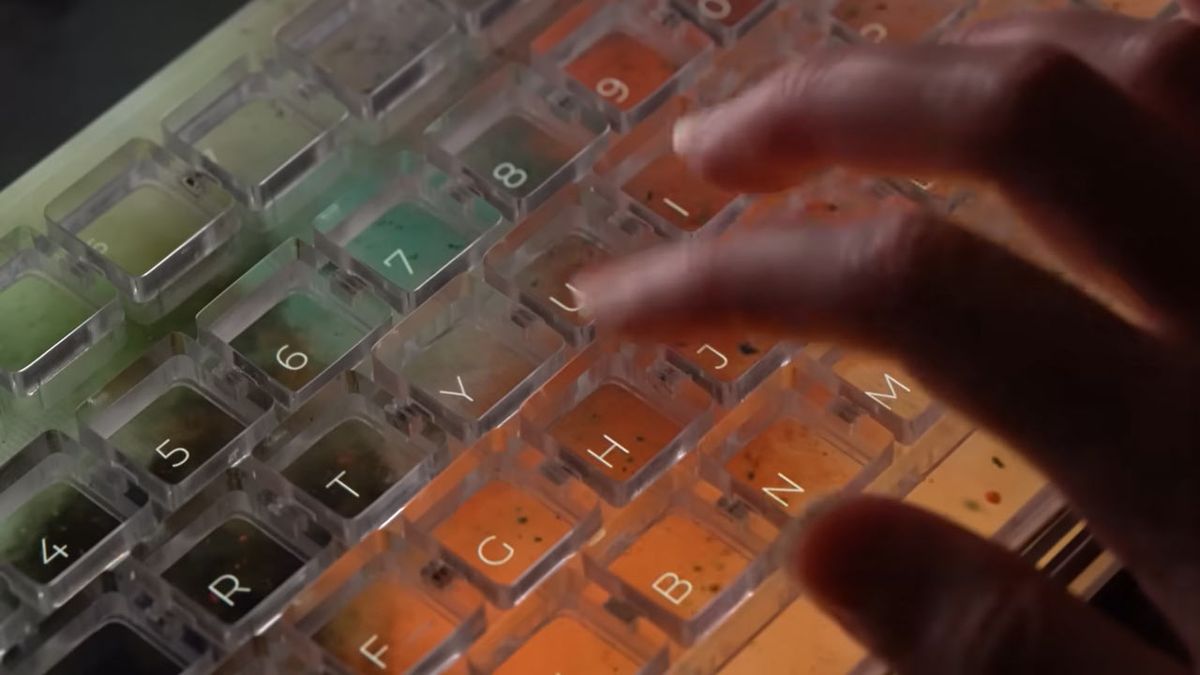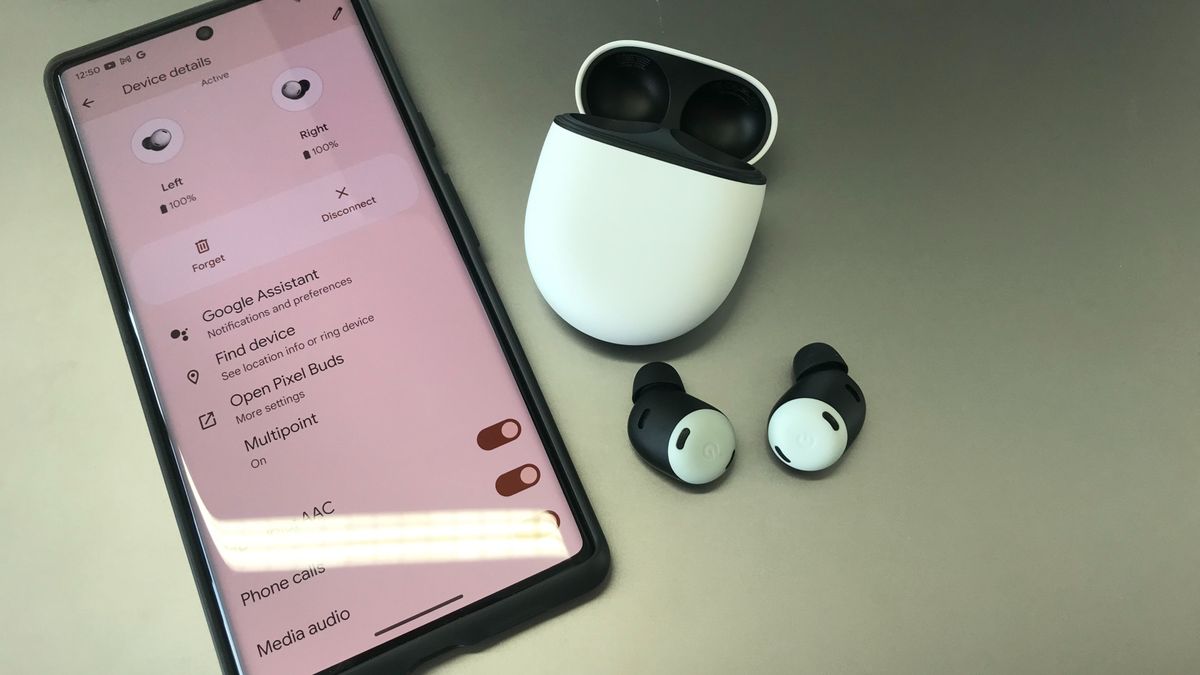7 Hardware Devices for Edge Computing Projects in 2023

If you’ve been interested in working on an edge computing or IoT project but didn’t know where to start, this article will help give you an overview of what options are available when it comes to the hardware to power your project.
Edge Computing Overview
What the “edge” actually is can be drastically different based on your frame of reference. The edge could be as simple as a content delivery network (CDN) serving static files to lower loading times, having your app deployed in multiple regional data centers, using modern serverless frameworks and services to move processing to hardware closer to users or even pushing features directly onto the user’s device.
The main reason to use edge computing comes down to a tradeoff between latency, cost and reliability. Latency frustrates users, so developers want to reduce it whenever possible. Bandwidth can also be expensive if you are using cellular or satellite data for devices in the field, so for data-heavy tasks, it makes sense to try and do things on the device when possible.
For critical applications where reliability is extremely important and network connectivity can’t be guaranteed, edge computing can ensure things keep functioning by doing the work locally rather than relying on processing power in the cloud.
Here are a few common examples of edge computing:
- Security camera image recognition
- Self-driving cars
- Industrial manufacturing anomaly detection
- Industrial monitoring
Nvidia Jetson
The Jetson series of chips made by Nvidia is designed for edge-computing workloads that need the ability to perform artificial intelligence tasks on the edge rather than relying on data center GPUs. Example use cases are things like robotic arms with AI-powered vision, cameras that can perform streaming analytics and advanced machine-learning models running on collected sensor data.
Nvidia makes development easier by providing a variety of software tools to use with Jetson hardware to create a unified development stack. Jetson has development kits available for prototypes or hobby projects as well as the ability to buy chips in bulk if you plan on commercializing what you build.
Particle
For edge or IoT projects where WiFi or ethernet isn’t an option, the Particle series is a great choice. Particle provides globally available SIM cards, which allow your devices to transmit data using cellular data.
Another benefit of using Particle beyond the hardware is that Particle provides an entire IoT cloud platform that makes integrating different systems together much easier than trying to build it on your own. Particle also provides a number of APIs, software development kits (SDKs) and integrations with third-party tools.
Google Coral
If your project involves any type of machine learning, the Coral chips made by Google are a great option. All of the Coral devices are powered by Google’s custom tensor-processing units (TPUs), which are specialized for machine-learning workloads. Coral provides devices designed for fast prototyping and production-ready devices for situations where you want to commercialize what you created using a prototype board.
One really cool device made by Coral is the USB accelerator, which can be used in combination with some of the other devices talked about in this article to give them extra power to run machine-learning models efficiently.
Raspberry Pi
The Raspberry Pi is probably the most well-known product when it comes to getting started with IoT or edge computing–type projects. The main selling point of Raspberry Pi is its usability for beginners, the ecosystem and the community. Almost any task you would want to attempt probably has a guide or tutorial available to help you out, and there are a number of libraries and third-party hardware to speed up development.
The only real downside about the Raspberry Pi in the last few years is that it has been almost impossible to find due to chip shortages. According to the company, this problem should be resolved in the second half of 2023.
Orange Pi
As the name suggests, Orange Pi devices have quite a bit of overlap with Raspberry Pi. The main benefit of Orange Pi is that you will get better hardware performance for the same or lower price, compared to Raspberry Pi.
The downside is that Orange Pi doesn’t have nearly as large of a community or third-party ecosystem. These problems can be mitigated by using certain Orange Pi device models that are made to be compatible with many of the peripherals designed for Raspberry Pi boards.
Odroid
Odroid is a series of single-board computers created by Hardkernal that are a good fit for edge computing. Odroids are considered similar to Raspberry Pis in terms of where it makes sense to use them. Some benefits of using an Odroid as opposed to a Raspberry Pi are that you can add external RAM to certain Odroid models and, in general, there are more options when it comes to processing power and configuration.
A typically cited downside is that Odroids are considered a bit more difficult to work with when it comes to setting things up and working with peripherals compared to Raspberry Pi’s user-friendly ecosystem.
Intel NUC
Intel NUCs are essentially mini-PCs that are an excellent option for edge computing due to their small-form factor. These devices pack a lot of computing power into a small package, making them ideal for space-constrained environments.
They are designed to be easily extendable and upgradeable, with easy access to components like RAM and storage. NUCs can also be configured to run a variety of operating systems, including Windows and Linux. Another bonus NUCs have for edge computing is that they consume relatively little power, which can be important in situations where power usage is a concern. A potential downside is that they don’t tend to have as many ports or support for peripherals out of the box compared to some of the other devices in this article. Whether that is an issue will depend on your use case.
One example of Intel NUCs being used for edge computing at-scale is Chick-Fil-A, which has a series of popular blog posts about how they deploy Kubernetes at each of their stores using Intel NUCs for hardware.
Next Steps
Beyond the devices covered in this article, there is a wide range of other options available for IoT or edge computing, which all have their own tradeoffs. Which you choose will depend on the requirements for your particular project and how much you want to optimize for costs over convenience and development speed.
Check out these links for more information and tutorials that will help you with your IoT or edge computing projects:









